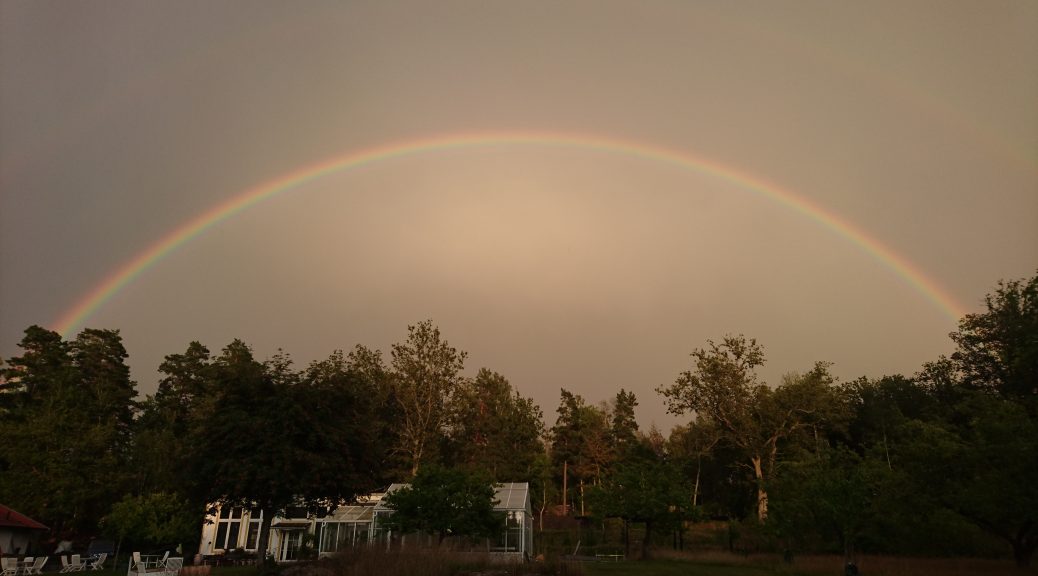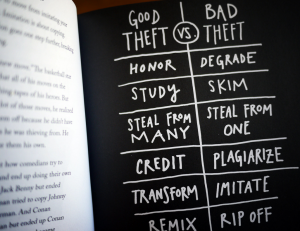Topic 3: Learning in communities – networked collaborative learning
There are two times in the past years being student in a classroom, when the group work has been collaborative;
First time was when studying to become a teacher. At a campus meeting we were put into different groups. The assignment was to discuss a book … We started out talking about our days, when we were working, when we could contribute to this assignment and how we should contribute etc. After that we worked out a contract on how we wanted to work. Back at home, we were sitting in different parts of Sweden, we worked with a chat. There we “discussed” different chapters in the book, writing about things we thought were interesting, others could add to it or come with arguments why they didn’t like it, etc. One of us volunteered to gather the information in a document with headings etc. Everyone read through it and corrected or added information. I felt it was real collaboration as everyone had read through the book and thereafter had added their thoughts and ideas to our text. Next time we were assigned a group work, we decided to meet over “link” to discuss the text we had read. It didn’t turn out as good. It was pretty good discussions, but it seemed like we didn’t give enough thoughts and effort into it, and there was no way we could have written down everything we said… We didn’t get a worked-through document as before. Even if it was the same group we suddenly got social loafers when working this way. (or perhaps we had the first time too, but we didn’t notice)
Second time was last spring when I was attending an art course, online+4 meetings on campus. I think it must have been the best group work ever. Part of it was an engaged teacher. Part of it the group dynamic; We had very different backgrounds and experiences and were of different age. Still, in every part of the assignment my peer and I discussed all possible aspects of the work, turning every idea in and out, we wrote texts and worked out different materials together. Even when one were writing and the other making illustrations, we discussed what words to use or symbols to put in, creating a common work. Both putting in a lot of effort and own ideas. I couldn’t have done this alone, my own imagination had not been enough. By combining our experiences and challenging each other we became better than one. And I believe that is what true collaboration is about.




 When listening to David White and he asked us to draw the image on residents and visitors I drew a picture of someone out walking a dog. It isn’t true that I in my free time don’t use digital tools at all. But it’s something I’m working towards; Being present. Watching. Listening. Especially important when being with family and friends. Things are happening all around you all the time, and if you’re busy listening to pod casts or music or checking the facebook status you’ll miss some of the important interaction there.
When listening to David White and he asked us to draw the image on residents and visitors I drew a picture of someone out walking a dog. It isn’t true that I in my free time don’t use digital tools at all. But it’s something I’m working towards; Being present. Watching. Listening. Especially important when being with family and friends. Things are happening all around you all the time, and if you’re busy listening to pod casts or music or checking the facebook status you’ll miss some of the important interaction there.